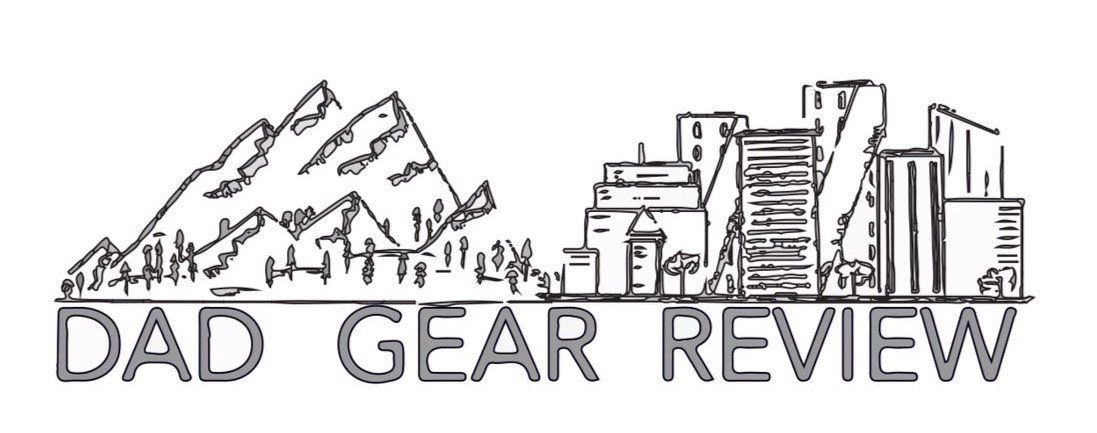
How to Choose the Right Helmet for a Kid, According to an Expert
What’s the best way to teach a kid to ride a bicycle, training wheels or a balance bike? How old should a kid be to learn to ride a two-wheeler? What’s the right bike frame size for kids? Or for teens or adults, for that matter? What’s the best cycling exercise for adults, road biking or mountain biking?
There are a hundred and one questions to be asked when it comes to biking, but there’s one question that is very easy to answer: should kids always wear a helmet when riding a bike? Yes. The answer is yes. And so should adults, by the way.
But not all kids’ bike helmets are created equal, so just having one might not be good enough to really protect that young cyclist’s head. And even the best kids’ bike helmet won’t protect a child properly if it’s the wrong size or improperly fitted to the rider.
The more we looked into the what, why, and how of finding the best bike helmet for kids, the more we realized that there were more than a hundred and one questions to be asked – maybe it was more like… a thousand and one?
To that end, we spoke to someone who is a bonafide kids bike helmet expert if ever such a person existed, Gloria Hwang, the founder of company Thousand. And it’s a company that makes helmets for kids and adults alike, all of which not only provide excellent protection but also look pretty darn stylish, for a bike helmet. In fact, Gloria says: “We named our company 'Thousand' as a goal of helping to save 1000 lives by making helmets people actually want to wear.”
And spoiler alert: kids and adults alike will actually want to wear these helmets, if the kids and adults in our family serve as a test case, anyway.
We started our Q&A with Gloria Hwang with a general inquiry:
What are the basic things parents need to know when choosing the right bike helmet for their kids?
“A snug and proper fit is the most important factor for safety. Measure your child's head circumference carefully and be sure to choose the right helmet for their size,” Gloria says. A helmet should fit over a child’s head such that there are about two finger widths (adult fingers) between their eyebrows and the helmet when it’s properly in place. Those V-straps should join just below the ear and the helmet should not tilt backward on the child’s head.
How should you choose the right bike helmet for a kid?
“Proper fit is more important than [looks] or a kids’ age – for example, some kids within our Thousand Jr. Collection age range (ages 5 to 11) actually fit more comfortably into our adult Heritage Collection, and they should opt for the larger size.” It’s all fine and good to buy a helmet based on looks, provided you have first determined it will fit properly and that it’s rated well for safety.
Are different types of helmet better suited to different types of cycling activities? And is the same helmet a kid would use for biking also OK for a scooter or other activity?
“In the US, there are different certifications for bicycle vs. skateboard helmets (CPSC vs. ASTM, respectively),” Gloria says. “Always be sure your child's helmet is certified for the right activities, like cycling, skateboarding, skates, or scooters, or that a helmet that has multiple certifications like our Thousand Jr. Collection.”
What are some common mistakes people make when choosing kids' bike helmets? And what are some mistakes you see when people adjust helmets to fit their kids?
“This is a silly one, but make sure the helmet is facing the correct direction to start!” Hwang says, adding: “In general though, to fit a helmet, make sure the helmet doesn't rock back and forth or side to side. Use a fit system to adjust it for snug protection.” The dial system allows you to easily adjust the fit of a helmet to your child’s growing head and ensure that indeed the helmet is sitting on top of their head and not tilting backward.
What other bike safety gear do you recommend children use based on age, activity, and experience level?
“It definitely depends on the activity, but a set of knee pads, reflective clothing or other reflective materials, and a bike bell couldn't hurt!” says Gloria Hwang.







